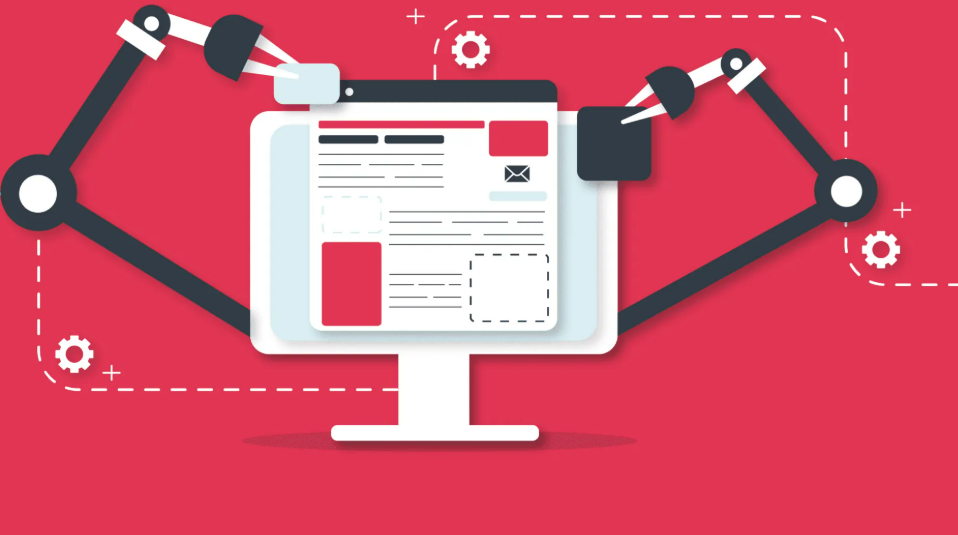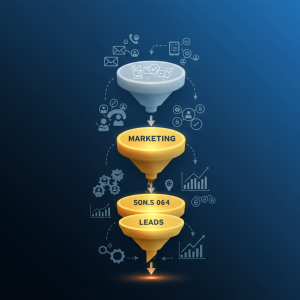Marketing Automation Tools for Inbound and Outbound Efforts

In today’s competitive business landscape, effective marketing requires a balanced approach combining both inbound and outbound strategies. Marketing automation tools have evolved to address this dual need, providing solutions that bridge these traditionally separate domains. Let’s explore tools that excel at enhancing both efforts simultaneously.
The Convergence of Inbound and Outbound Marketing
Marketing strategies have traditionally been categorized as either inbound (attracting customers through content, SEO, and social media) or outbound (reaching out directly through cold calls, emails, and advertisements). Today’s most successful businesses recognize that these approaches work best together, creating a cohesive customer journey that nurtures relationships at every touchpoint.
The right automation tools can create synergy between these approaches, ensuring consistent messaging and seamless transitions as prospects move through your funnel.
Essential Marketing Automation Platforms
HubSpot Marketing Hub
HubSpot offers perhaps the most comprehensive solution for businesses looking to blend inbound and outbound marketing. Its platform includes:
- Email marketing automation with personalization capabilities
- Landing page and form builders
- Social media scheduling and monitoring
- SEO tools and content strategy features
- CRM integration that provides complete visibility of customer interactions
What sets HubSpot apart is how it consolidates customer data across all touchpoints, allowing for highly targeted outbound campaigns informed by inbound engagement behaviors. For example, website visitors who download specific resources can automatically receive personalized follow-up emails or be flagged for sales outreach.
Marketo Engage
Adobe’s Marketo Engage excels at complex B2B marketing scenarios where the sales cycle tends to be longer and involve multiple stakeholders. Its strengths include:
- Advanced lead scoring and nurturing capabilities
- Account-based marketing features
- Engagement programs that adapt based on prospect behavior
- Robust analytics and attribution modeling
Marketo particularly shines in its ability to coordinate personalized outbound efforts based on inbound signals, creating natural conversation flows regardless of which channel a prospect uses to engage with your brand.
Specialized Tools for Enhanced Integration
Outreach
While known primarily as a sales engagement platform, Outreach has evolved to bridge the gap between marketing and sales functions. Its AI-powered features help teams determine optimal outreach timing based on prospect engagement with inbound content, ensuring outbound efforts complement rather than disrupt the customer journey.
ActiveCampaign
For small to medium businesses seeking powerful automation without enterprise complexity, ActiveCampaign offers an impressive balance. Its site tracking capabilities monitor how contacts interact with your website (inbound), then trigger relevant outbound sequences based on those behaviors—all while maintaining a unified view of the customer.
Integrated Analytics Solutions
No marketing automation ecosystem is complete without robust analytics. Google Analytics 4 has evolved significantly to track customer journeys across both inbound content consumption and outbound campaign responses, providing insights that help refine both strategies simultaneously.
Implementation Best Practices
Successful implementation of marketing automation tools requires more than just software selection. Consider these critical factors:
Data Integration is Fundamental
The power of these tools comes from their ability to create a unified view of customer interactions. Ensure your chosen platform can properly integrate data from all relevant sources, including your website, CRM, social channels, and advertising platforms.
Start with Clear Use Cases
Rather than implementing all features at once, identify specific workflows where automation can create immediate value. For example, automatically triggering sales outreach when inbound leads exhibit high-intent behaviors offers clear ROI and builds organizational confidence in the system.
Balance Automation with Human Touch
The most effective marketing combines automation efficiency with human authenticity. Use automation to handle repetitive tasks and data analysis, freeing your team to focus on creative strategy and meaningful customer conversations.
Measuring Success Across Channels
The true value of integrated marketing automation comes from its ability to provide clear visibility into how inbound and outbound efforts work together. Key metrics to track include:
- Attribution across multiple touchpoints
- Conversion rates from inbound to outbound nurturing flows
- Customer acquisition costs compared to lifetime value
- Time-to-conversion for different engagement patterns
When properly implemented, these tools should demonstrate that the whole of your marketing efforts exceeds the sum of their parts.
Conclusion
Marketing automation tools have evolved beyond single-channel solutions to become comprehensive platforms that enhance both inbound and outbound marketing efforts. By selecting the right tools and implementing them with clear strategic objectives, businesses can create seamless customer experiences that convert more efficiently while providing valuable insights for continuous improvement.
The future belongs to organizations that successfully bridge these traditionally separate marketing approaches, creating cohesive strategies that meet customers wherever they are in their journey.








